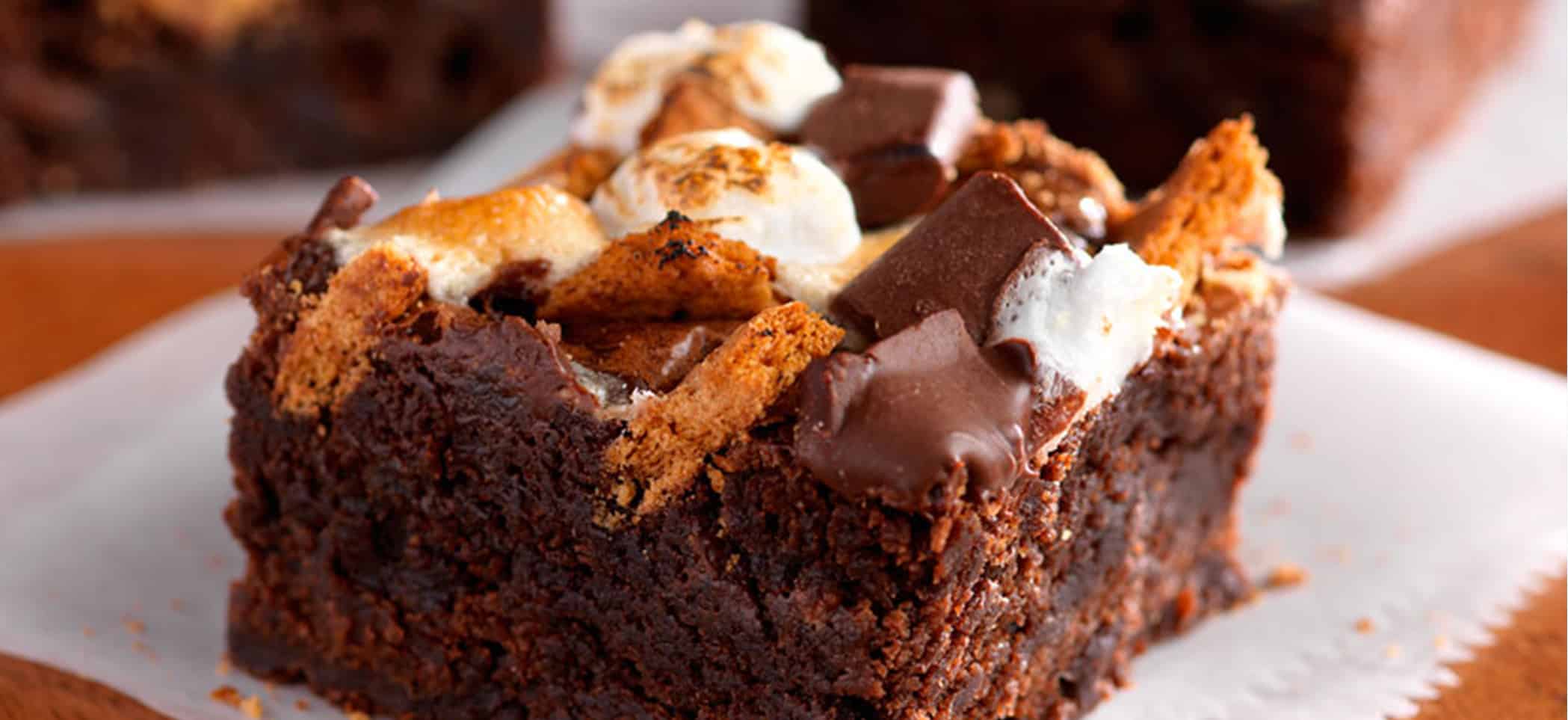Shelf Life Extension

Freshly baked, grain-based foods tend to lose their desirable, tender crumb within a few days. An increasing number of commercial bakeries are looking for more natural methods of extending shelf life and egg products can help maintain quality throughout the anticipated shelf life of baked goods.1
Staling, drying out or retrogradation is the result of an irreversible process that liberates water and collapses starch molecules. The starch chains swell with water when bread or another baked good is heated in the oven. As it cools, the starch chains start to lose their moisture as the water migrates to other parts of the product and eventually evaporate, leaving the starch molecules to collapse. Then the crumb degrades and leaves dry mouthfeel.1
Egg yolk contains lecithin, an all-natural emulsifier with one end that dissolves in water and the other in oil. This emulsifier lodges in the space between the highly branched starch chain to retard the onset and rate of firming in the baked good that occurs as it ages. In addition, egg yolk has a beautiful yellow hue due to its xanthophyll content, lending baked goods a richness in terms of color, which contributes to perceived quality and freshness.1
Egg white contains unique proteins found nowhere else in human food supply entrap air to create a foam six to eight times greater in volume than the unwhipped egg white.2 The proteins help aerate the baking mixture to create volume and springiness, which suggest freshness to the consumer. Eggs also coagulate, which is the transformation of liquid egg into a semi-solid or solid matrix, binding water and in this way also contributing to product shelf life.1
References
- Extending the Shelf Life of Baked Goods (2012) McKee S, Ph.D., AEB training module, YouTube, (accessed May 22, 2017)
- Vaclavik V, Christian E. (2007). Essentials of Food Science, Springer Science & Business Media
